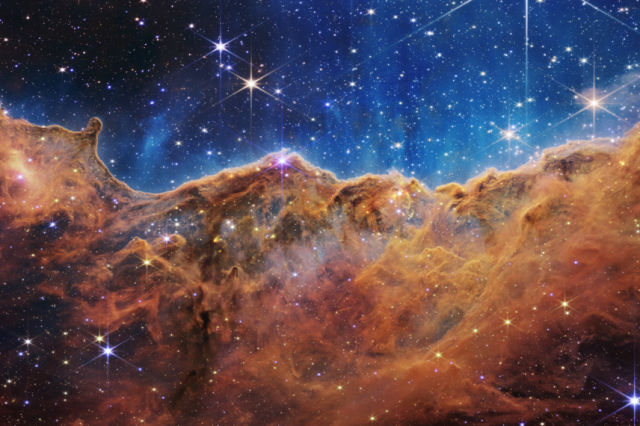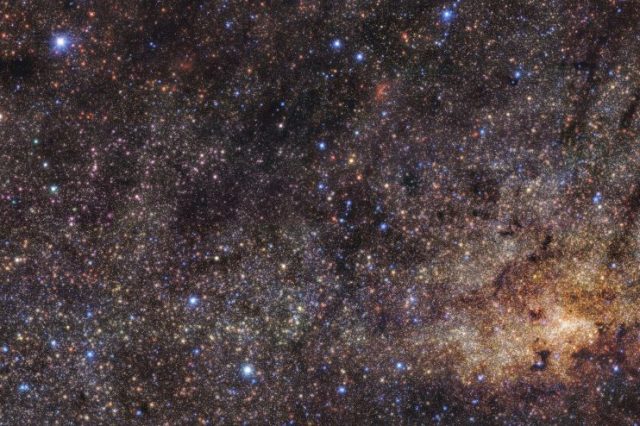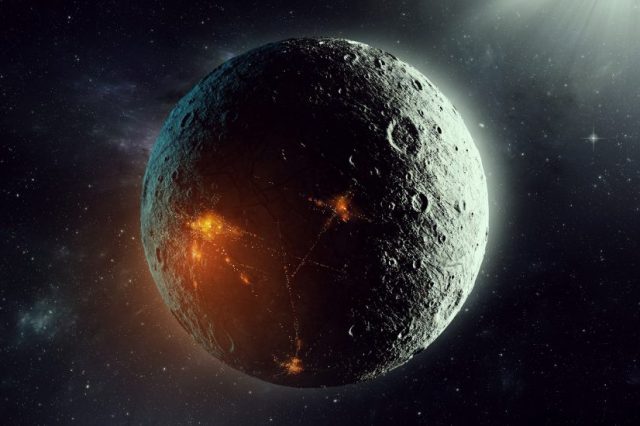NASA has released a stunning 12-year time lapse video of the entire sky, showing changes in the universe around us.
A NASA space observatory has created a time-lapse video revealing changes to the sky over the course of a decade. We can view cosmic wonders in pictures, but we can experience them in movies. NASA’s NEOWISE space telescope is producing enthralling movies of the sky’s motion and change. As NASA’s Near-Earth Object Wide Field Infrared Survey Explorer, or NEOWISE, orbits the Sun every six months, it takes pictures in all directions. Hundreds of millions of objects appear on this map when the images are stitched together. In essence, scientists have created a time-lapse movie using 18 all-sky maps (the 19th and 20th being released in March 2023), revealing changes that have occurred over the past ten years.
Each map provides astronomers with a tremendous amount of information about the universe. However, when viewed together as a time-lapse, they serve as even more valuable resources to help them better understand it. Using time-domain astronomy, the maps can be compared to reveal distant objects that have changed brightness or position over time. Amy Mainzer, principal investigator of NEOWISE at the University of Arizona, said: “The night sky appears to change only slightly, but that’s not true.” “Stars are exploding and flaring in the sky all the time.” Asteroids zoom by. Stars are being torn apart by black holes. The universe is a very busy and active place.”
WISE to NEOWISE
In 2009, WISE was launched as an observatory that was tasked with searching our galaxy to find and study objects outside our solar system. NEOWISE was originally a data processing project for retrieving asteroid detections from WISE. Infrared light was detected by cryogenically cooled detectors on the spacecraft. Some of the world’s brightest galaxies and cool, nearby stars emit infrared light, which is invisible to the human eye. In 2011, the WISE mission ended when the coolant on board ran out, but the spacecraft and some of its infrared detectors still worked. Therefore, NASA repurposed the instrument to track asteroids and other near-Earth objects in 2013. Mission and spacecraft were both renamed: NEOWISE. In spite of the shift, astronomers continue to use the data from the infrared telescope to study objects beyond our solar system.
A catalog of objects from 12 NEOWISE all-sky maps was released in 2020 as part of a project called CatWISE. In this catalog, researchers study brown dwarfs, which are scattered throughout the galaxy and lurk in the dark close to our Sun. The fusion process that makes stars shine does not occur in brown dwarfs, even though they form like stars. Compared with more distant stars moving at the same speed, brown dwarfs seem to be traveling faster because of their proximity to Earth. In the catalog, brown dwarfs can be identified by looking for objects that move among billions of others. Citizen scientists are invited to sift through NEOWISE data in a complementary project to CatWISE called Backyard Worlds: Planet 9.
Mapping Brown Dwarfs
About 200 brown dwarfs were found within 65 light-years of our Sun using WISE’s original two all-sky maps. Another 60 Y-dwarfs, the coldest brown dwarfs, have been discovered as a result of the additional maps. Y-dwarfs could tell a stranger story about how and when they formed than warmer brown dwarfs. Our solar neighborhood is adorned with a variety of objects as a result of these discoveries. Scientists are able to determine how efficient star formation is in our galaxy from a more complete count of brown dwarfs close to the Sun.
A decade of watching the sky change has also helped researchers understand how stars are formed. As protostars start to develop into stars, dusty blankets swaddle them, allowing NEOWISE to peer inside their obscuring cocoons. The dust clouds surrounding protostars accumulate mass over time, causing them to flicker and flare. In order to get a better understanding of how stars are formed, scientists use NEOWISE to monitor the lifecycles of almost 1,000 protostars over a long period of time.
The data collected by NEOWISE has also contributed to a better understanding of black holes. At the centers of distant galaxies, millions of supermassive black holes were discovered as part of the original WISE survey. NEOWISE data and an echo mapping technique have recently been used to measure the size of hot gas disks surrounding distant black holes. These objects are too small to be seen with a telescope. All in all, NEOWISE has greatly contributed to our understanding of the solar system, nearby stars, but also distant, obscure objects such as supermassive black holes.
Have something to add? Visit Curiosmos on Facebook. Join the discussion in our mobile Telegram group. Join Curiosmos on Telegram Today. t.me/Curiosmos





